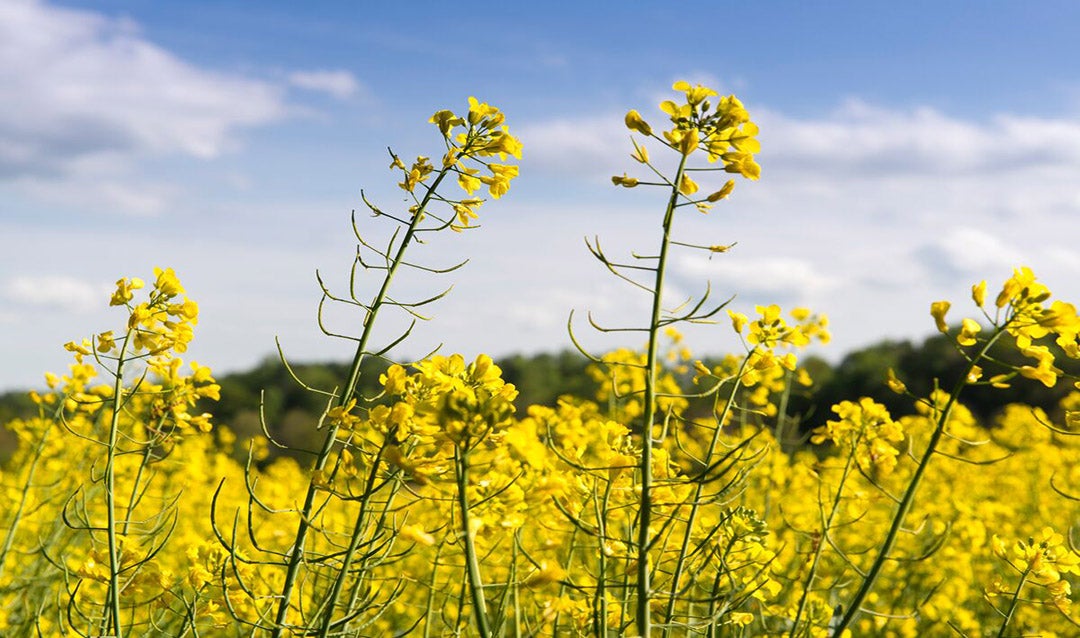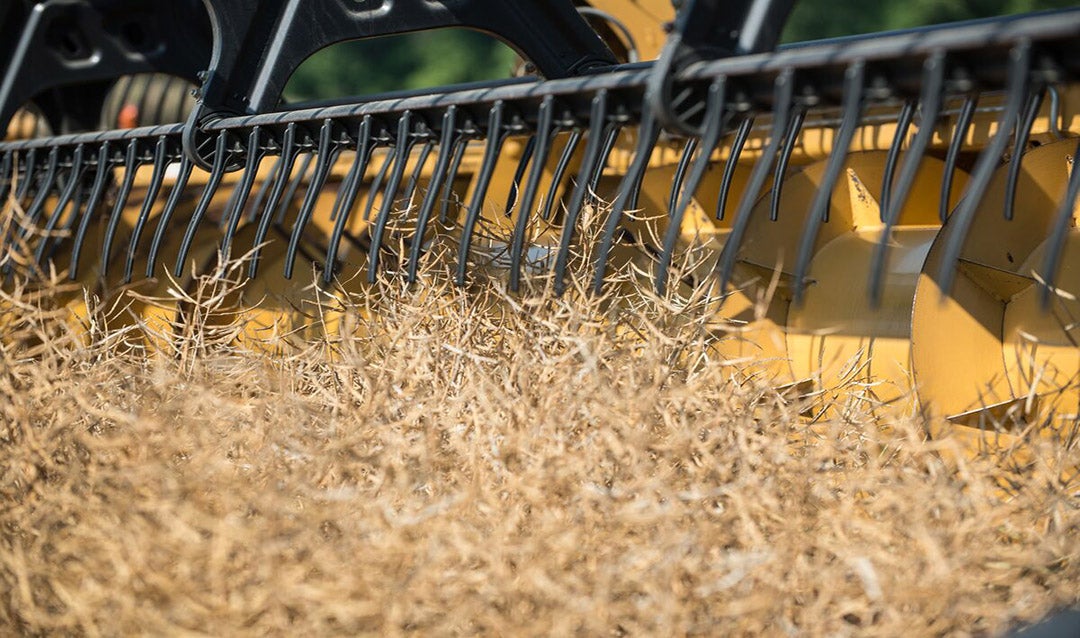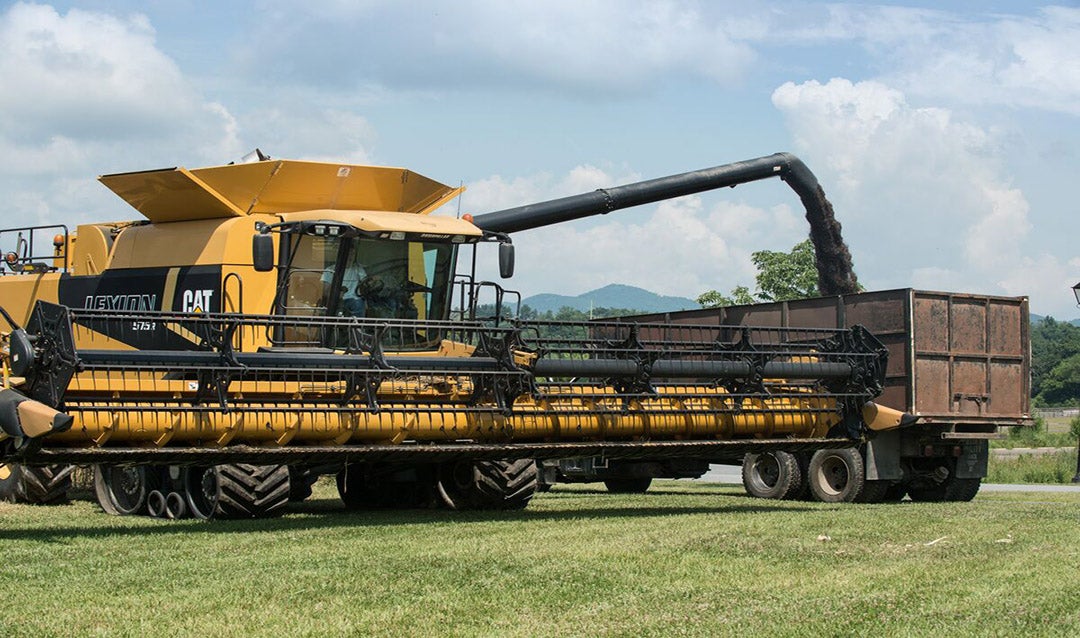Field to Fryer to Fuel: The Life Cycle of Biltmore Canola
Written By Amy Dangelico
Posted 04/03/17
Updated 04/03/24
In Our Gardens
Continuing the legacy of environmental stewardship founded by George Vanderbilt, Biltmore has embarked on a project to produce biodiesel fuel from canola grown on our 8,000 acres.
We first experimented with planting canola on the estate in Fall 2013. The following summer’s harvest was so bountiful, we decided to turn the experiment into a long-term initiative.
But before we get into that, let’s start with the basics.
WHAT IS CANOLA?

Bred to be less acidic, canola is a cultivar of rapeseed and part of the same plant family as mustard, broccoli, Brussels sprouts, and cauliflower.
The Canadian scientists who created the plant also created the term canola, a combination of the words Canadian and ola (which translates to oil). Ola is also understood as an acronym for oil low acid.
At full bloom, a canola plant stands three to five feet tall with vivid yellow flowers and small seed pods. The blackish-brown seeds within are tiny—about the size of poppy seeds—but are made up of 45% oil.
The high oil content of canola seeds and the crop’s ability to thrive throughout southeast winters make it ideal for our purposes.
WHAT IS BIODIESEL?
Biodiesel is a form of fuel made from vegetable oil that can be used in diesel engines without modification. When used alone, biodiesel is entirely non-toxic and biodegradable.
The renewable fuel is often blended with diesel fuel to prevent it from solidifying in cold weather. However, biodiesel blends still emit fewer greenhouse gases than diesel alone, making them more environmentally-friendly alternatives.
PHASE 1: FIELD

Each September, we plant up to 50 acres of canola from non-genetically modified organism (GMO) seed. To discourage pests and disease, it is grown in a 4-year rotation with corn, soybeans, and small grains, which ultimately helps to increase the yield of each crop.
By May, the brightly colored blooms are seen in various locations around the estate. About a month later, the harvest yields around 50 bushels of canola seed per acre. The seeds are stored in a moisture-controlled silo near Long Valley Barn, an original farm structure on the west side of the estate, until they are ready for the next step.
PHASE 2: FRYER
The seeds are then transported to AgStrong, a family-owned company in northern Georgia, to be crushed and refined into food-grade cooking oil. The AgStrong refinery uses the Expeller Pressed method, which is a mechanical and chemical-free oil extraction technique.
The result is high-quality canola cooking oil—and by “high-quality,” we mean it is:
- Non-GMO verified
- High in monounsaturated fat
- High in omega-3 fat
- A good source of vitamins E and K
- Low in saturated fat
- Free of trans fat and cholesterol
Each harvest produces an average of 5,000 gallons of cooking oil. The oil is returned to the estate to be used in our restaurants.
PHASE 3: FUEL

After our restaurants use the oil for cooking and frying food, we collect it, along with other waste vegetable oil, and transfer it into the BioPro™, an automated biodiesel processor, housed in Long Valley Barn.
The BioPro works much like a dishwasher: simply load it, press the START button, and let the machine do its job. With the input of spent cooking oil, water, and a few chemicals, the BioPro essentially separates the glycerin from the oil, creating biodiesel.
We produce an average of 7,500 gallons of pure biodiesel on the estate annually. The biodiesel is then typically blended with diesel fuel to create B20 biodiesel, a mixture of 20% biofuel and 80% diesel, and used to power nearly 100 pieces of farming equipment.